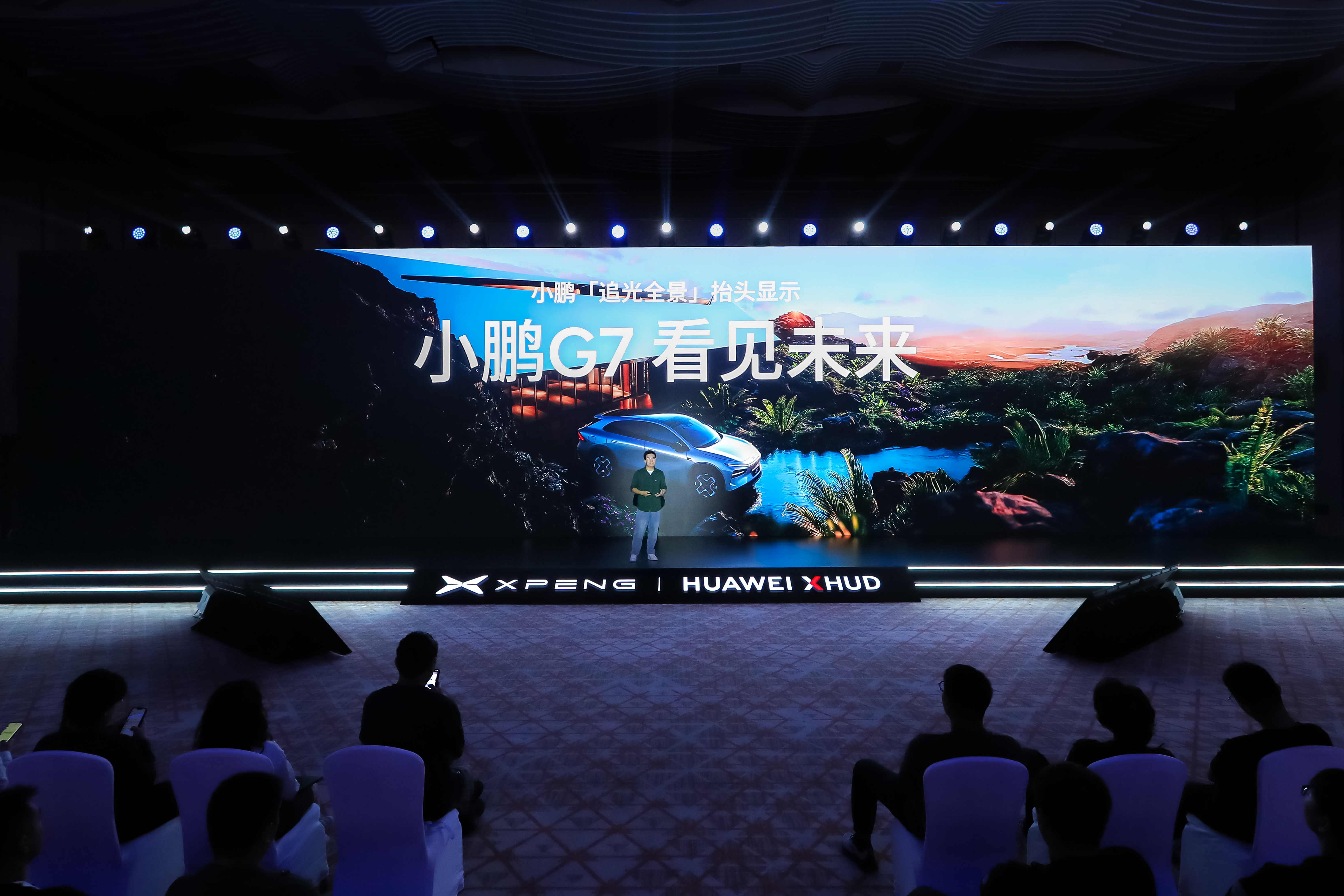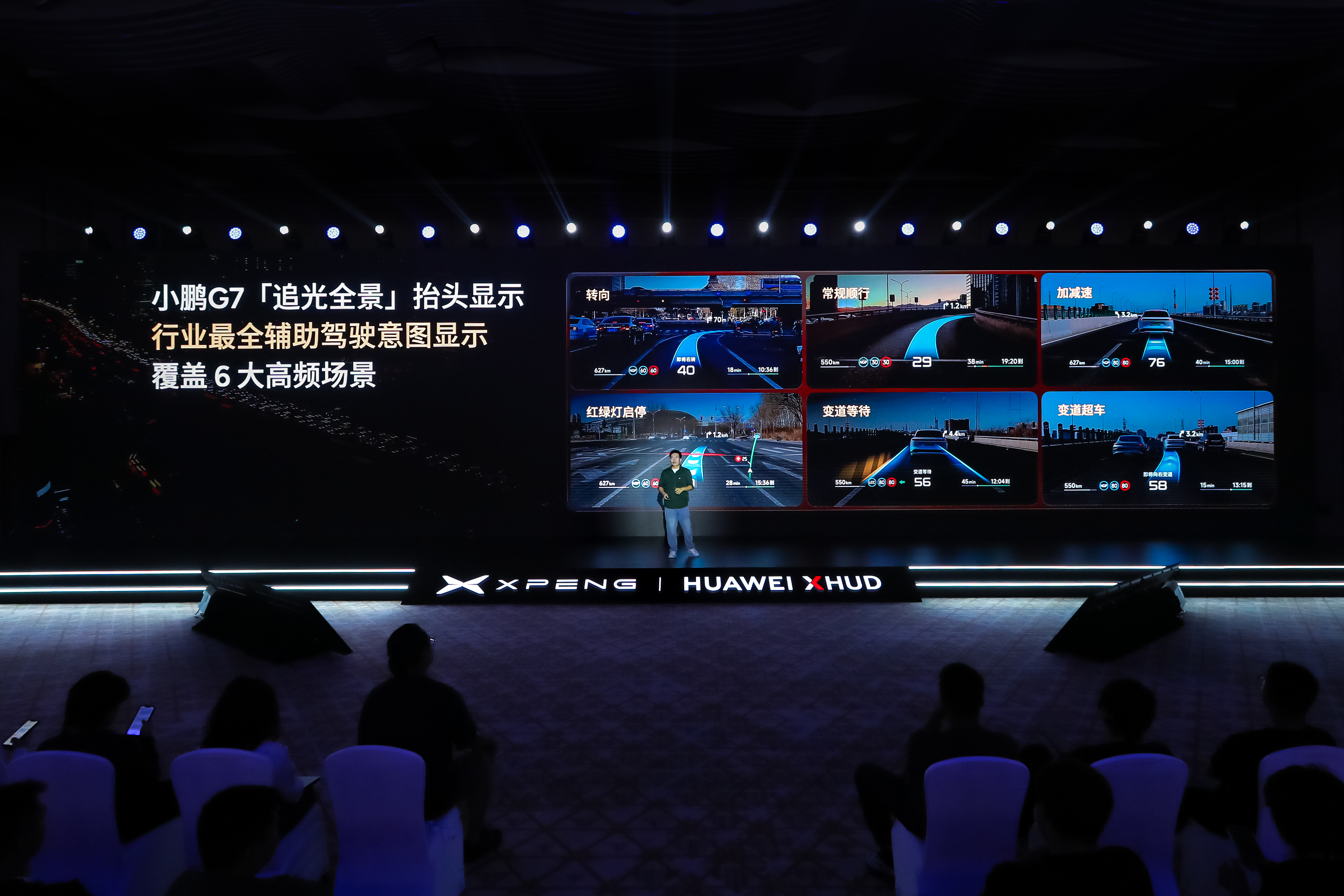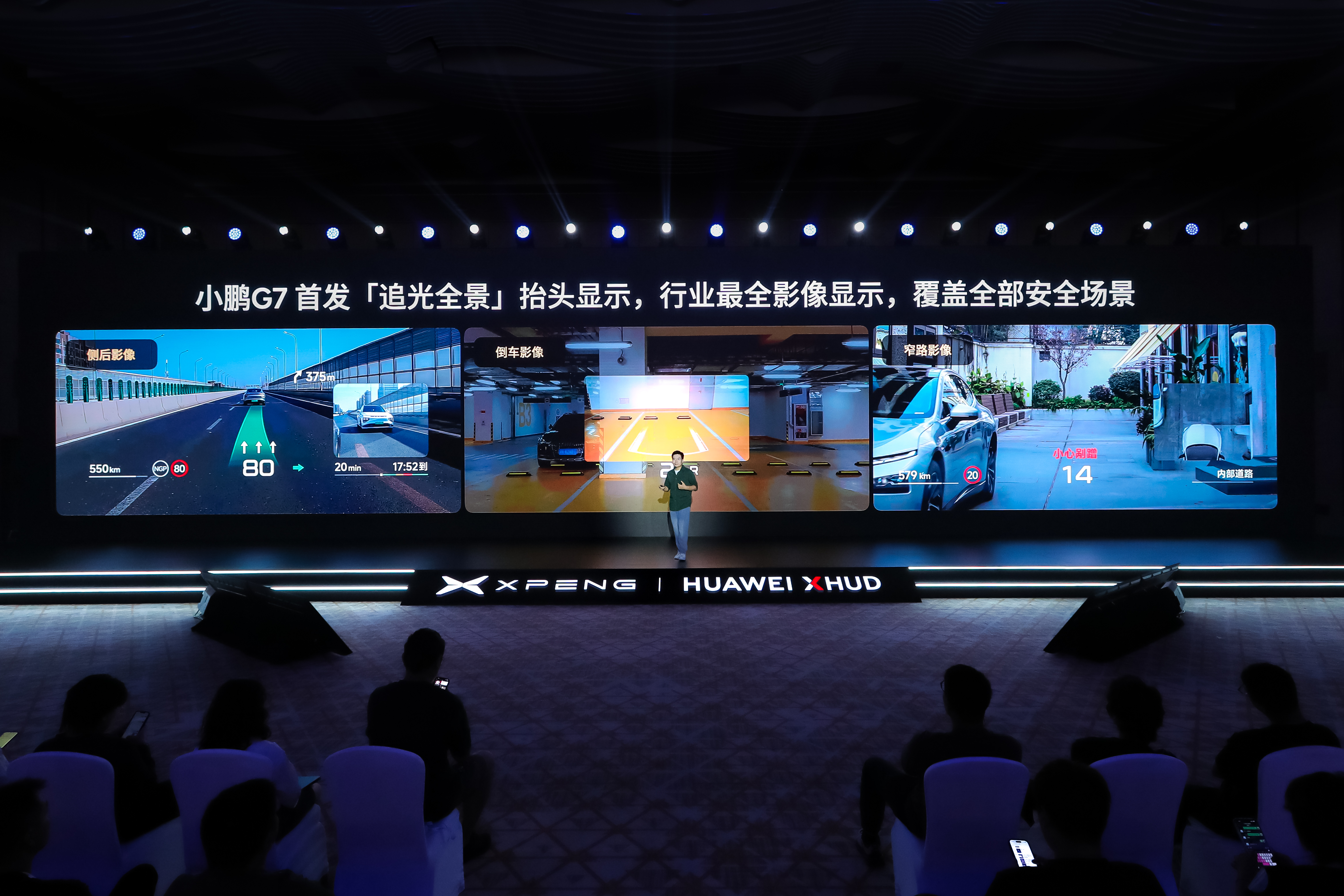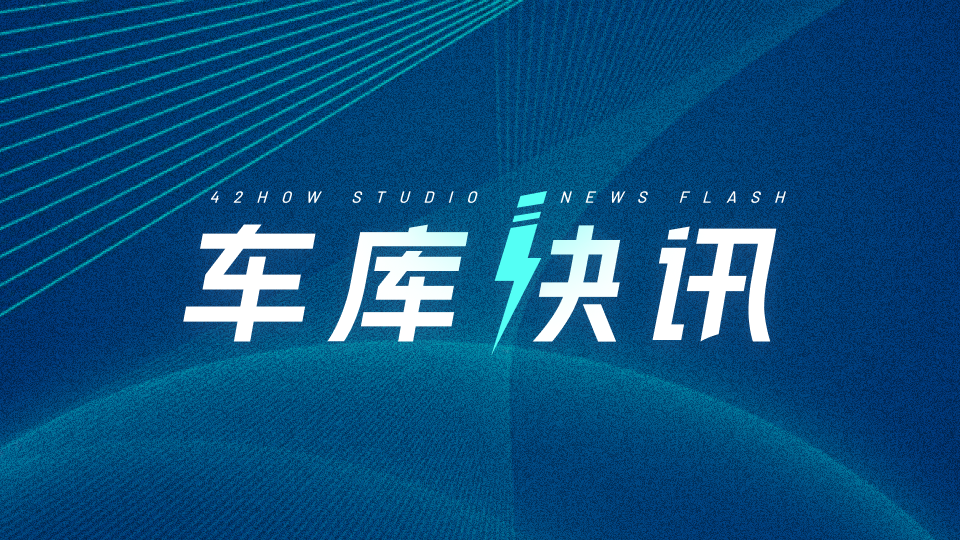On June 5, 2025, Xpeng Motors and Huawei jointly released the world’s first AR-HUD solution truly integrated with AI intelligent driving — the “Chasing Light Panorama” head-up display. This technology deeply combines AI intelligent driving with HUD technology, aiming to address issues like unclear visibility and dizziness in traditional HUDs. The AR-HUD technology from Xpeng and Huawei is achieved through the amalgamation of Huawei’s optical technology and Xpeng’s AI algorithms.
Traditional central control screens and dashboards require drivers to look down, whereas the AR-HUD projects key information directly in front of the driver’s line of sight, enhancing driving safety. The market’s AR-HUDs commonly suffer from issues like poor visibility and dizziness, primarily due to a lack of deep collaboration among hardware platforms, software algorithms, and human-machine interaction design. Through over 10 billion RMB in research and development investment, Xpeng and Huawei provide an AR-HUD hardware platform, ensuring clarity, brightness, and color performance of the display.

Xpeng’s end-to-end AI intelligent driving algorithms and perception design capabilities enable the AR-HUD to understand road conditions, predict behaviors, and provide personalized display content. Addressing industry-wide technical challenges such as screen floating, user dizziness, and poor information alignment, Xpeng and Huawei have made significant advancements in core display technology of AR-HUD.

In terms of display effects, the system uses an 87-inch large screen, combined with ultra-high brightness of 12,000 nits and a contrast ratio of 1800:1, to ensure that display content is clearly visible in all environments. For comfort, distortion correction algorithms control the display distortion rate within 1%, combined with a virtual image display distance of 10 meters and ultra-low latency of 100 milliseconds. For precision, leveraging Xpeng’s advanced driver assistance 3D OCC technology and AR engine prediction algorithms, AR information is accurately aligned with the actual road.

The “Chasing Light Panorama” head-up display offers solutions in three major scenarios: navigation, intelligent driving assistance, and safety alerts. In navigation scenarios, the system achieves AR lane-level navigation, with navigation routes directly “drawn” on the windshield to align with real roads. In intelligent driving assistance scenarios, the head-up display visualizes AI driving intentions covering six major scenarios, such as lane changes, automatic start-stop at traffic lights, and overtaking path selection. In terms of safety alerts, Xpeng’s AR-HUD provides AR safety assistance, covering all safety scenarios, such as automatically identifying the position of the vehicle in front and lane boundaries in poor visibility during rain and fog and giving early warnings when encountering narrow roads.
With the official launch of the “Pursuit of Light Panoramic” head-up display co-created by Xpeng and Huawei, not only has the technological leap from “invisible” to “visible” been realized, defining a new standard for the “first screen of intelligent driving” in the AI era, it has also addressed long-standing industry challenges and user difficulties. This signifies a critical breakthrough for Chinese innovation in the global automotive technology competition, leading the industry towards a safer and more intelligent future.
This article is a translation by AI of a Chinese report from 42HOW. If you have any questions about it, please email bd@42how.com.
